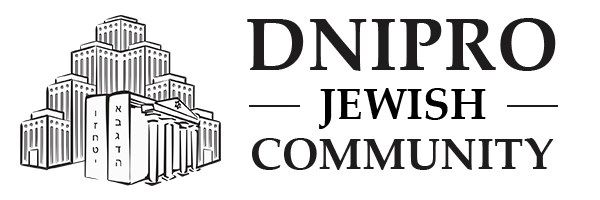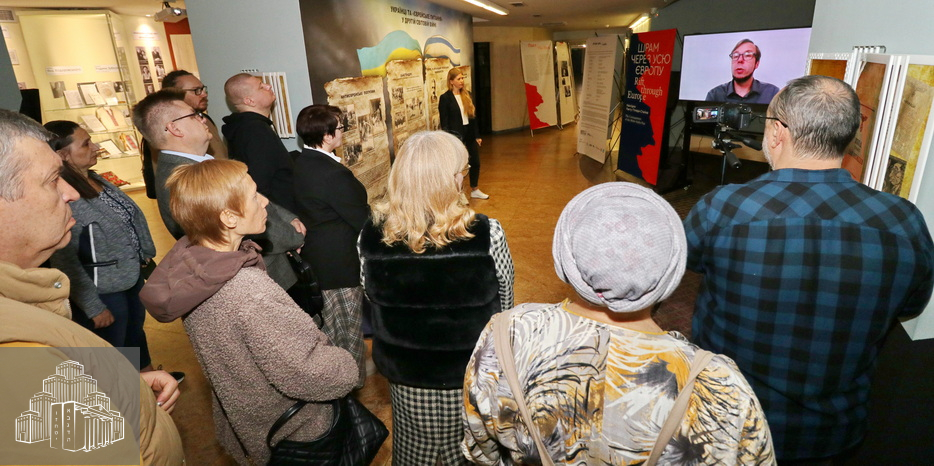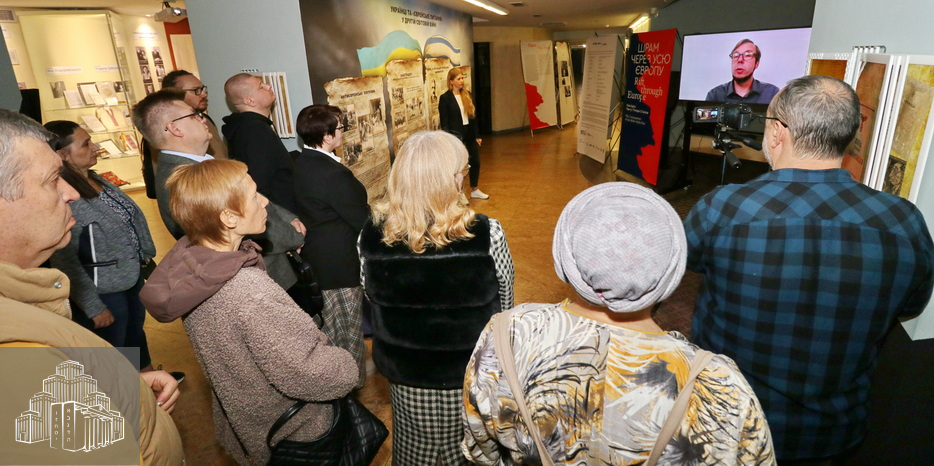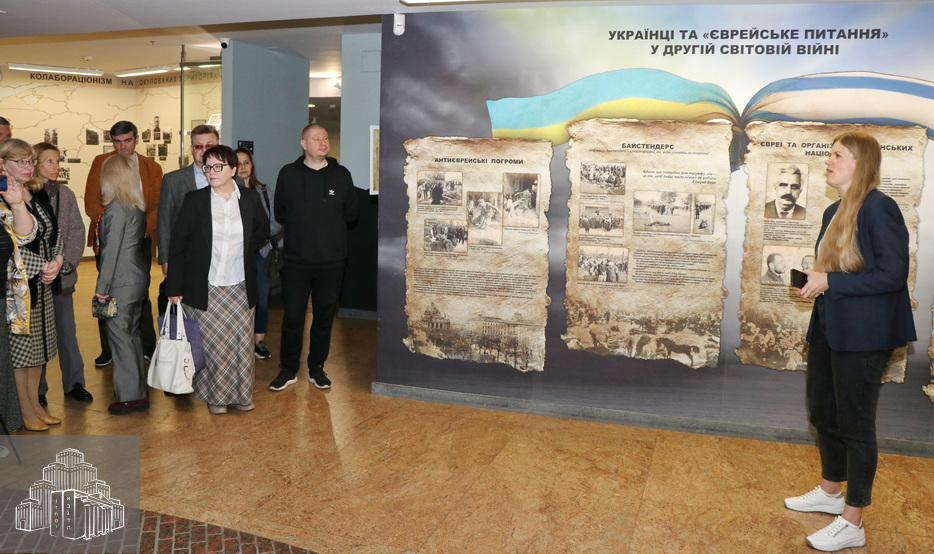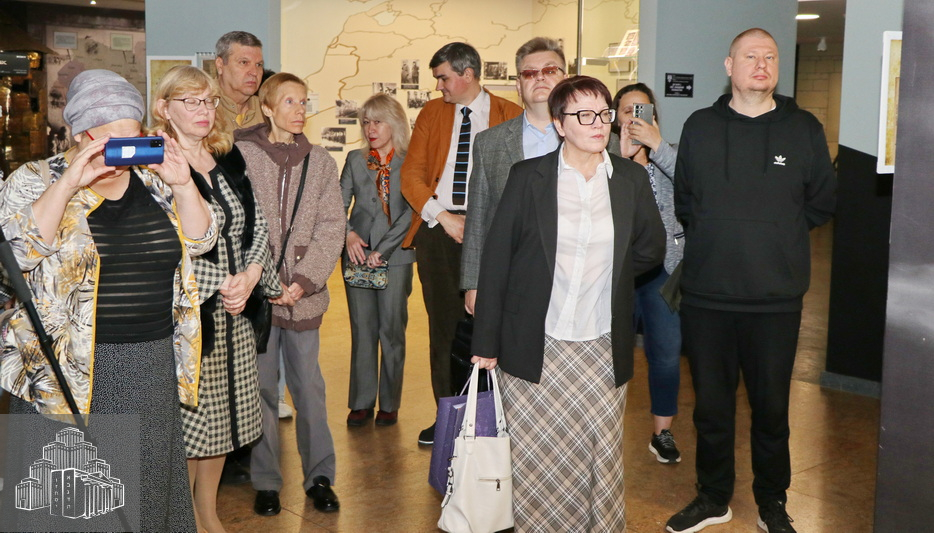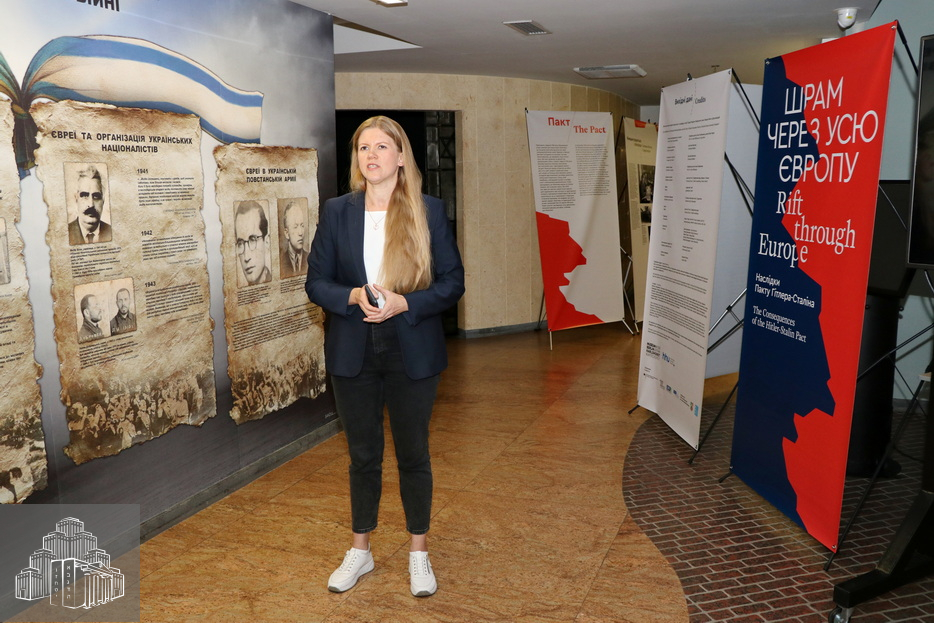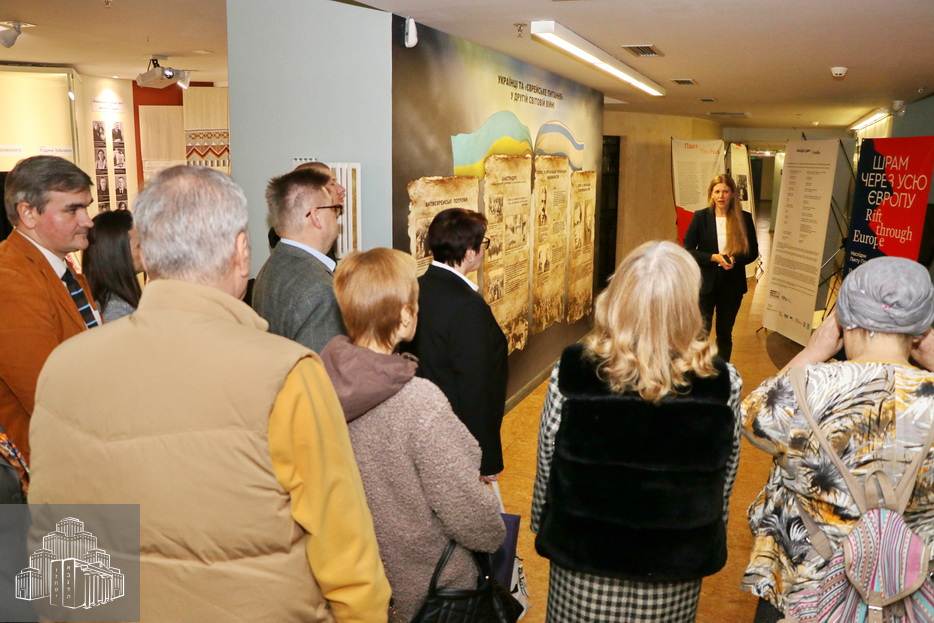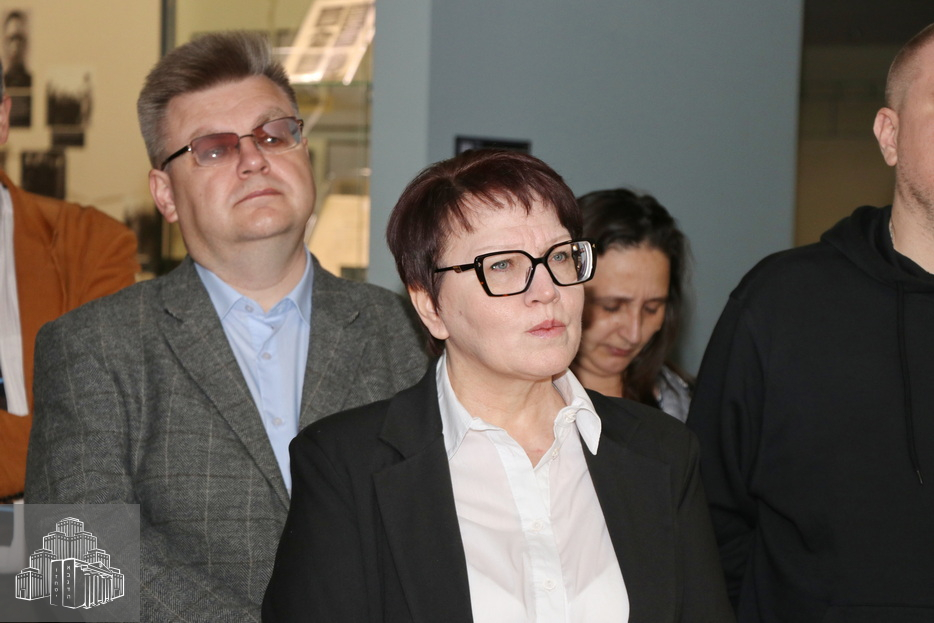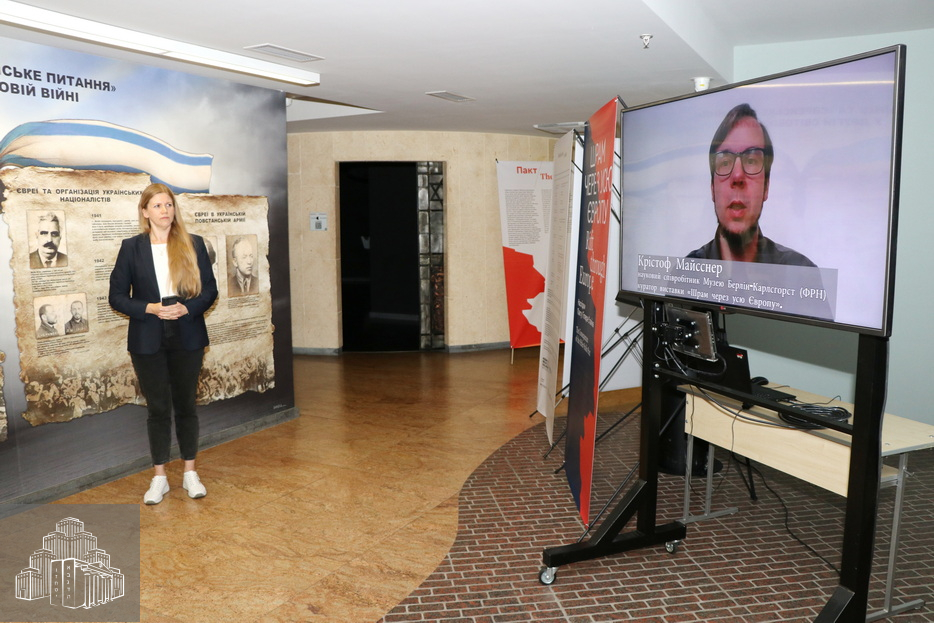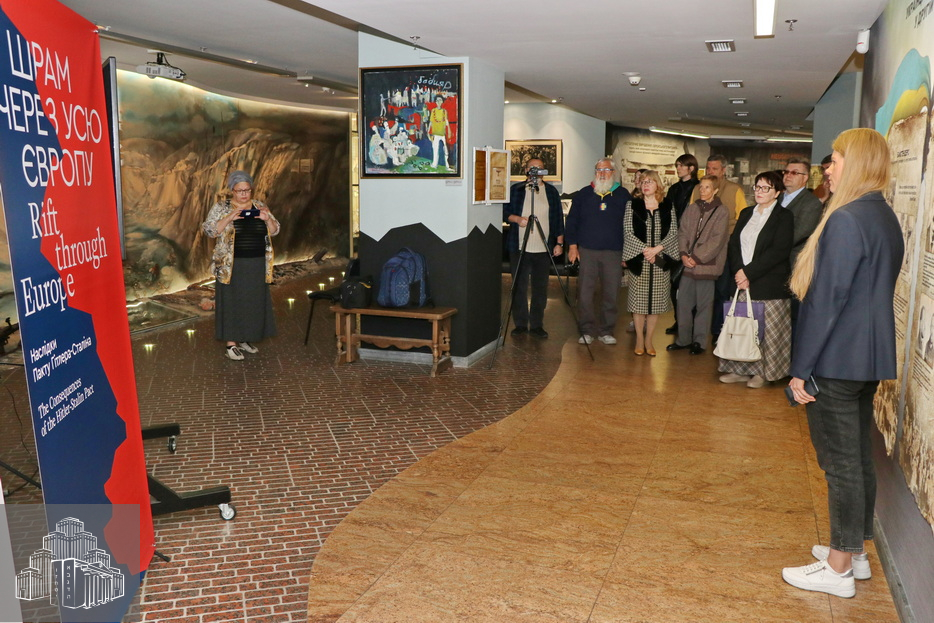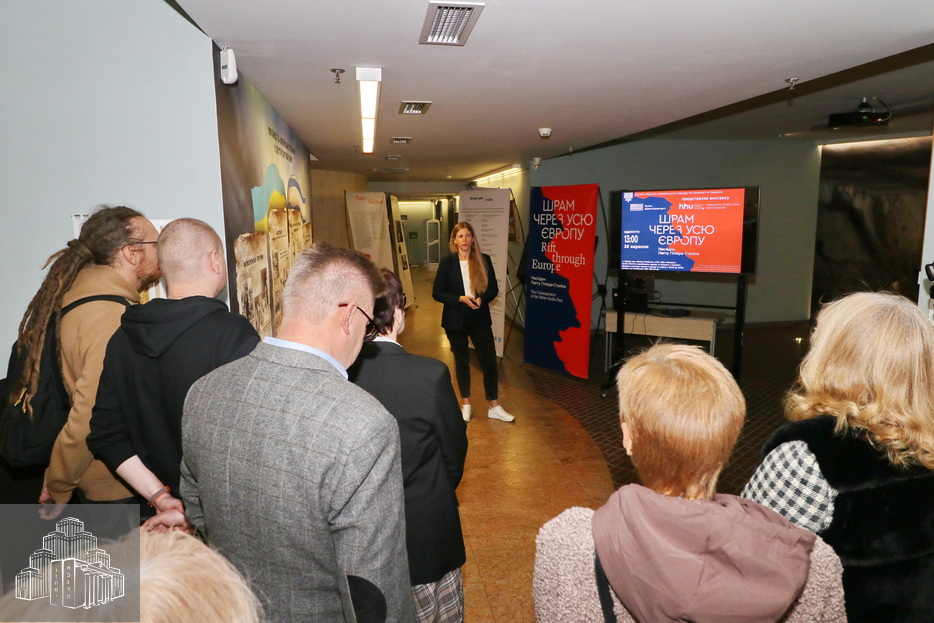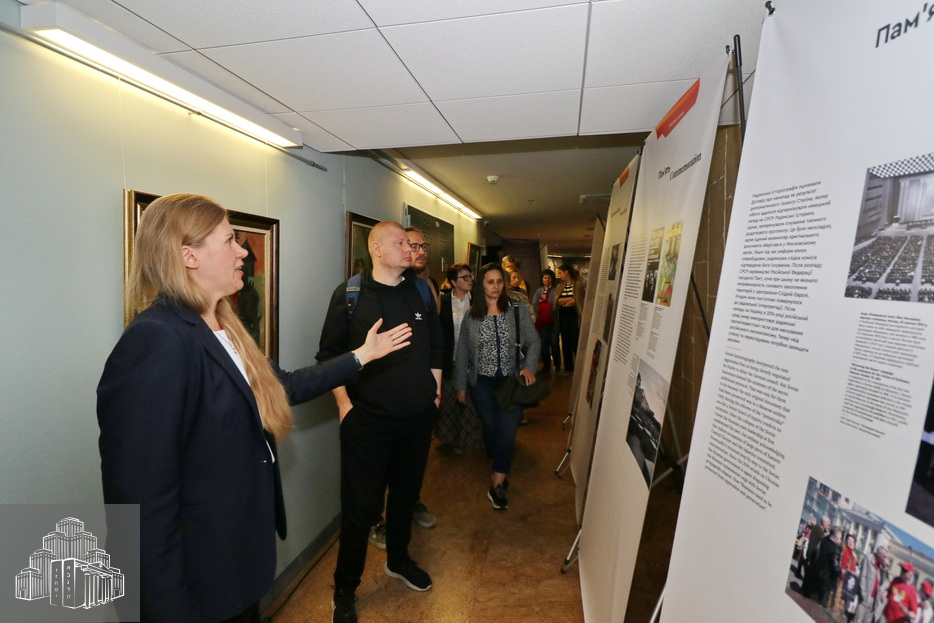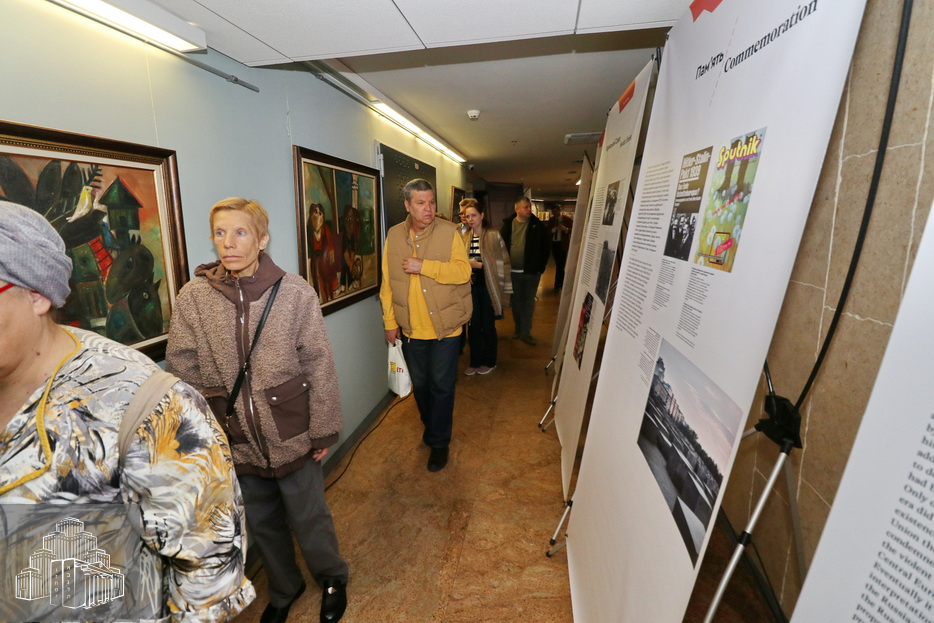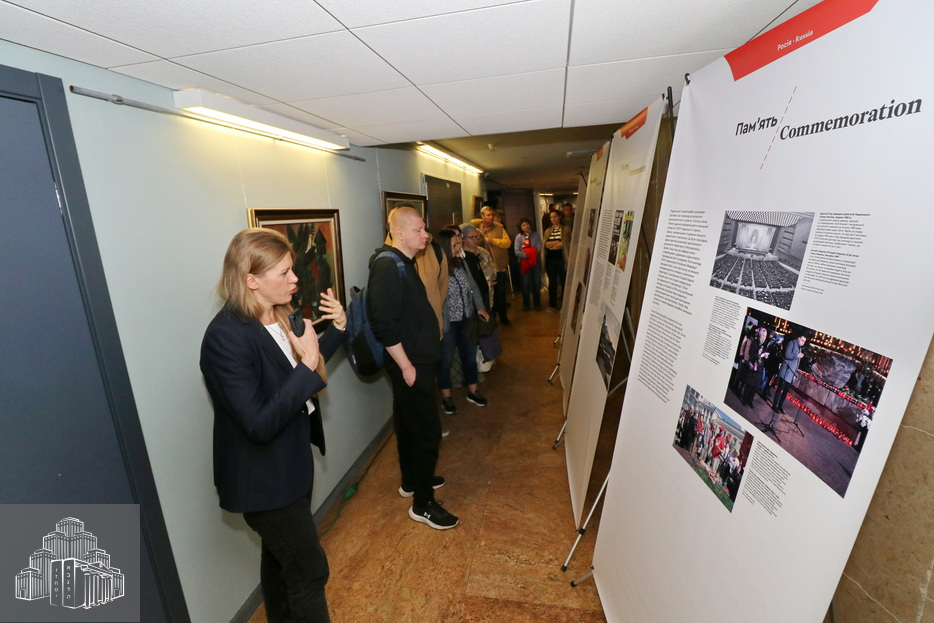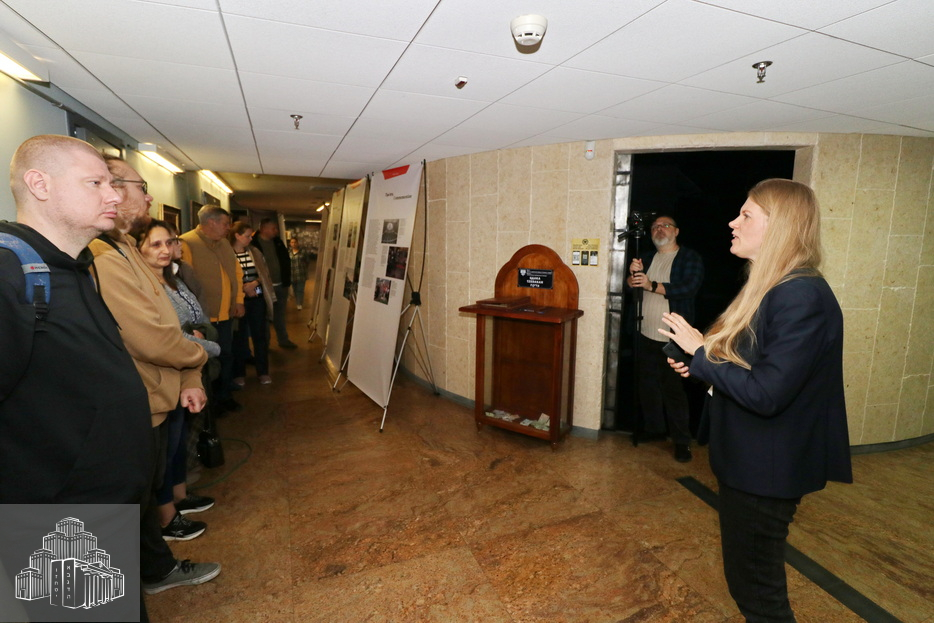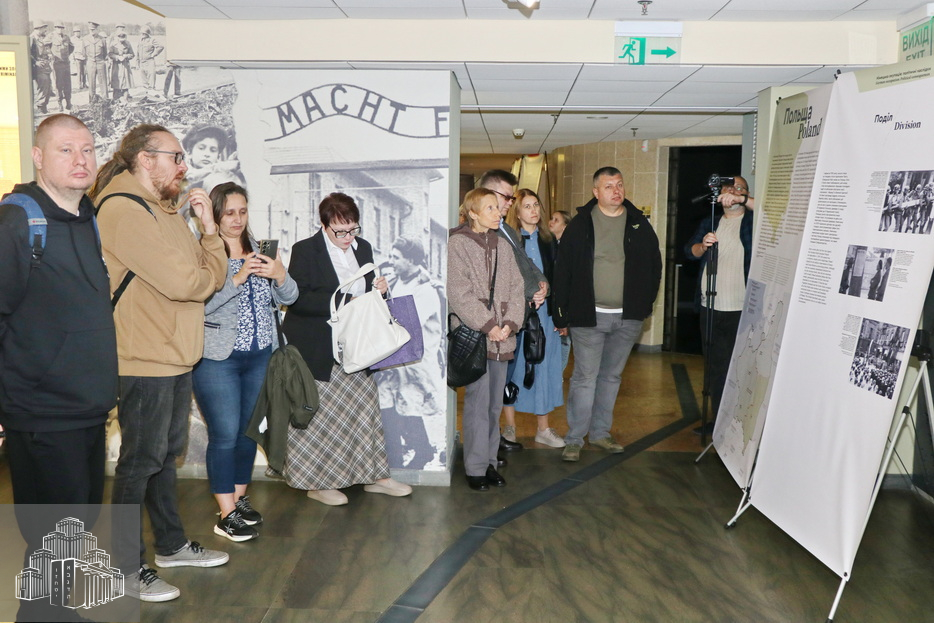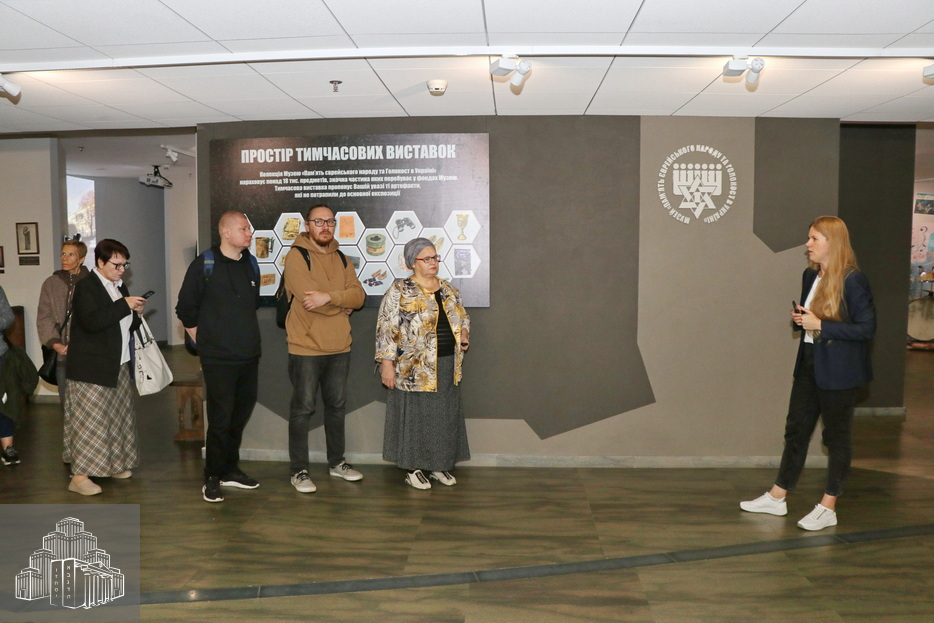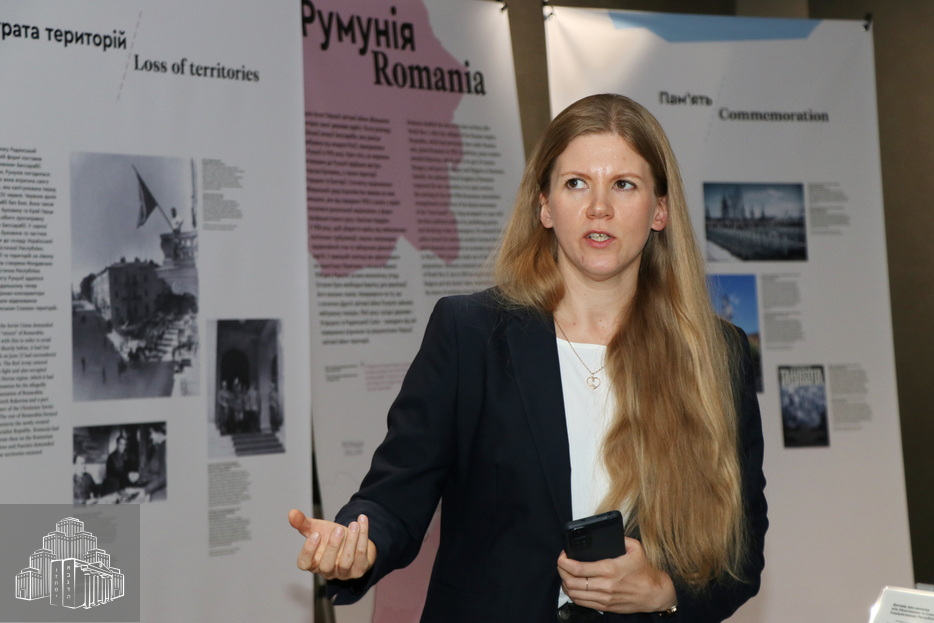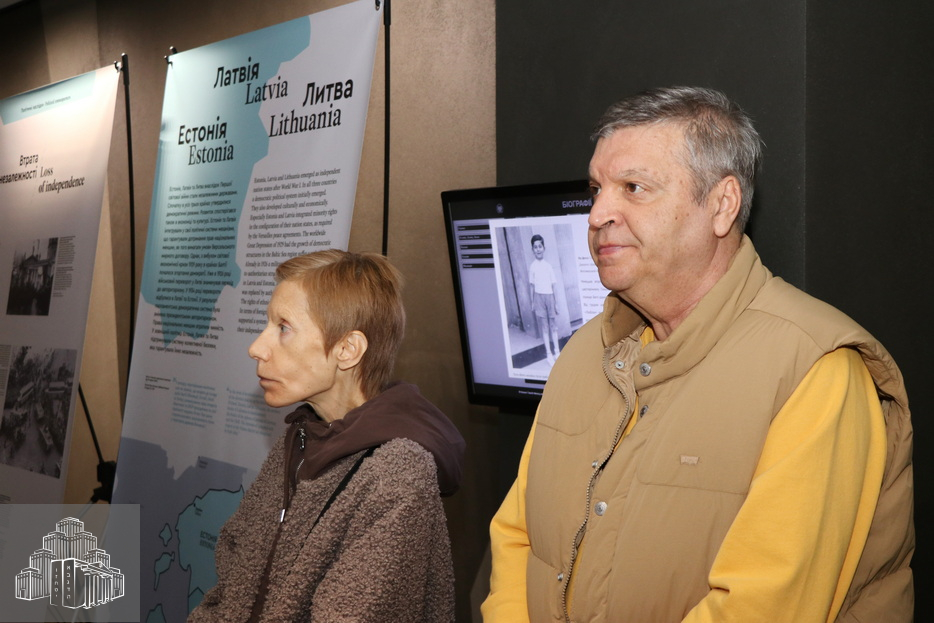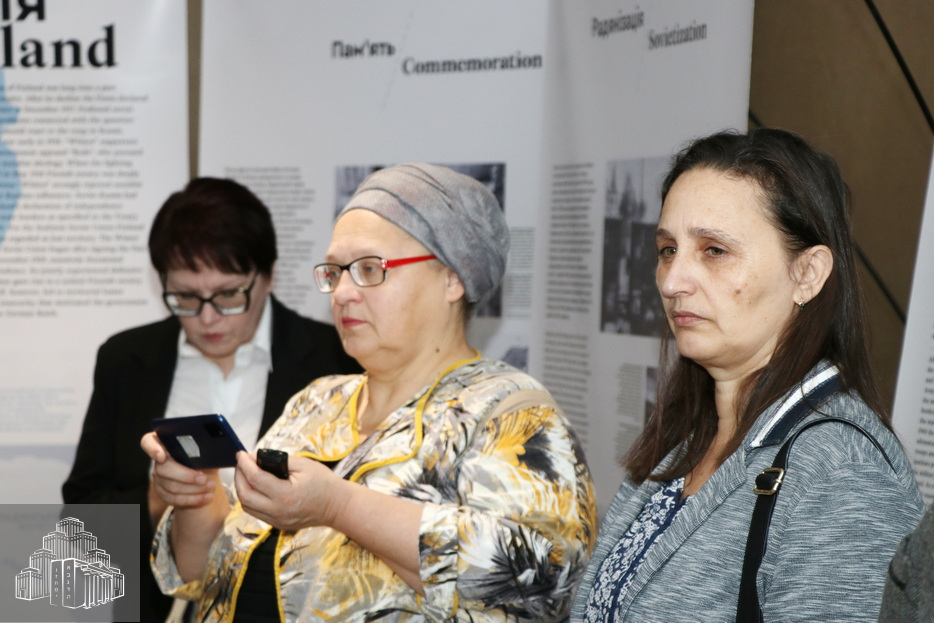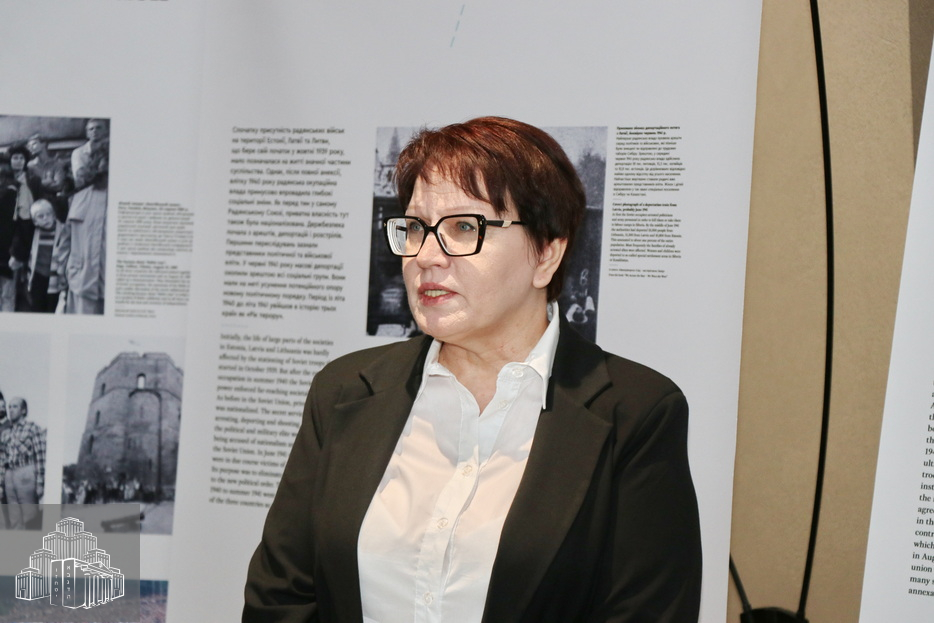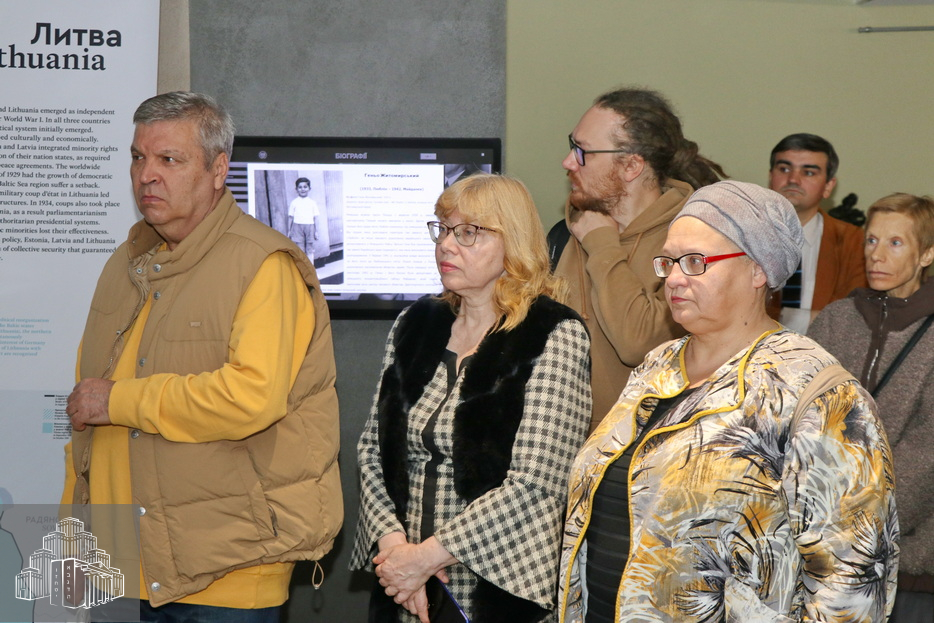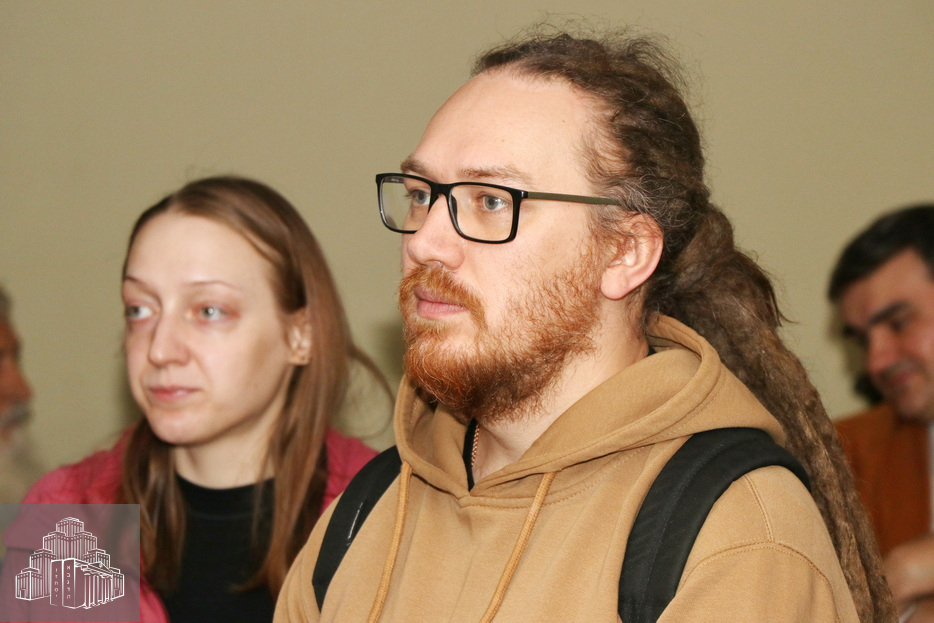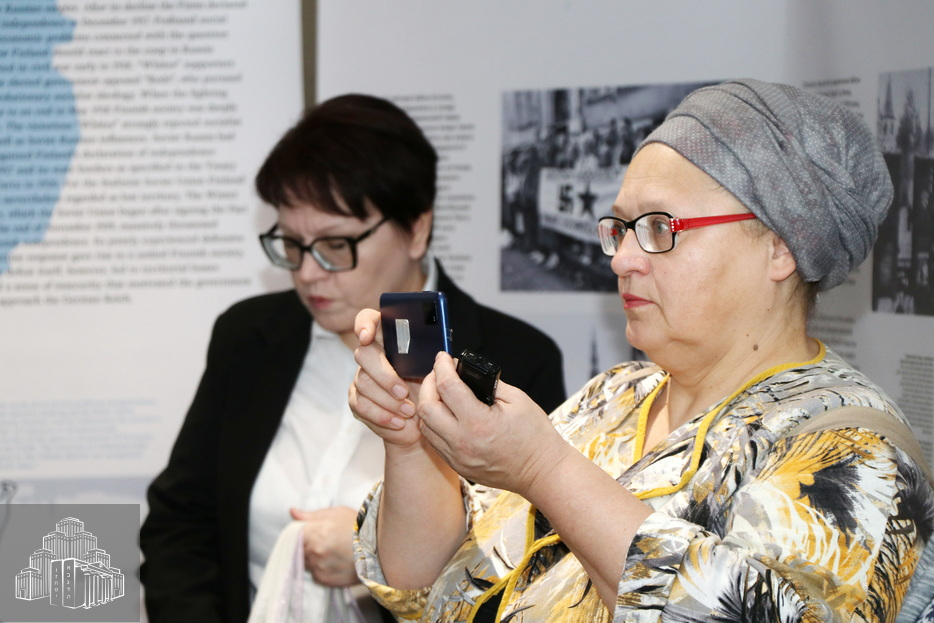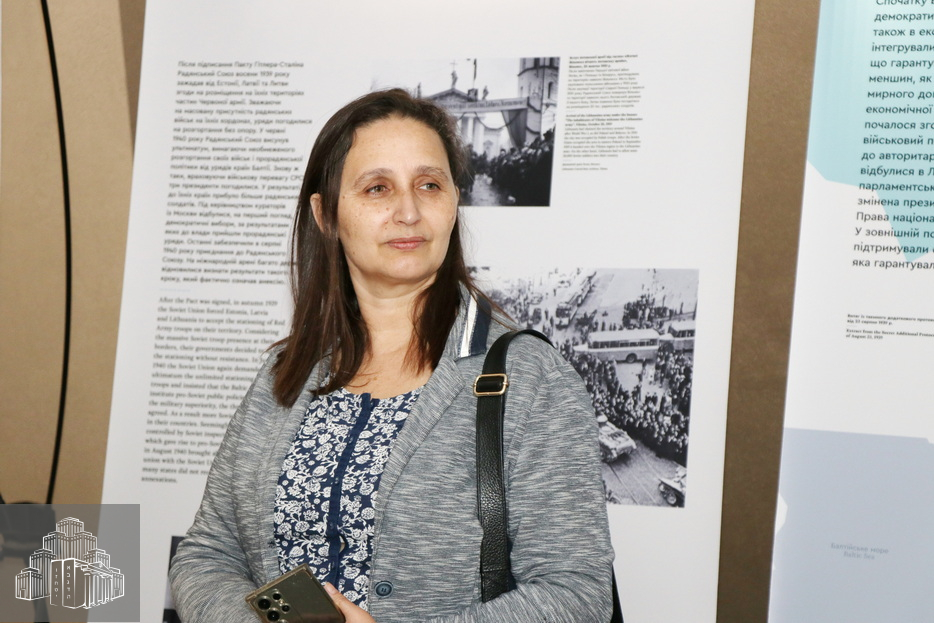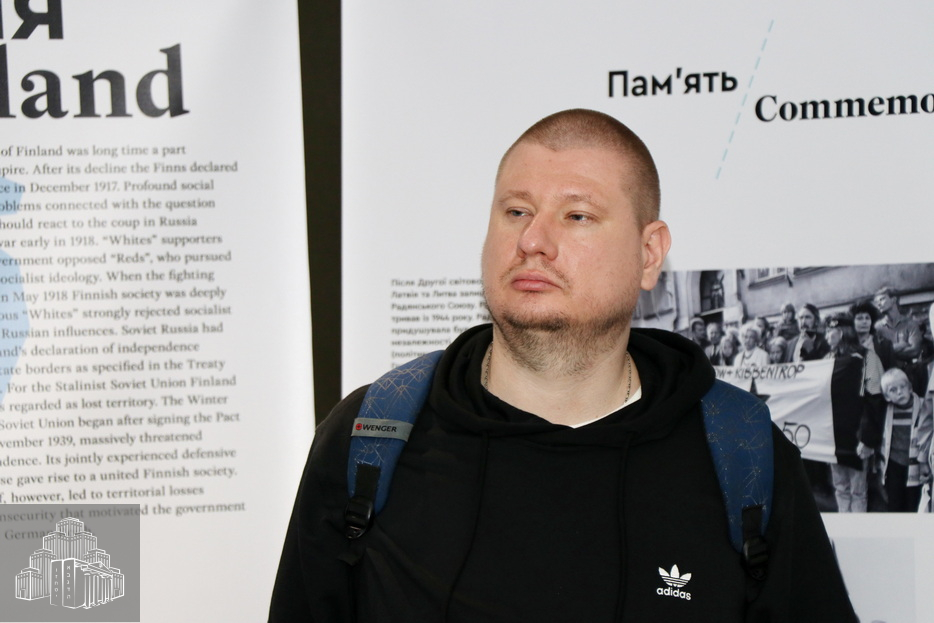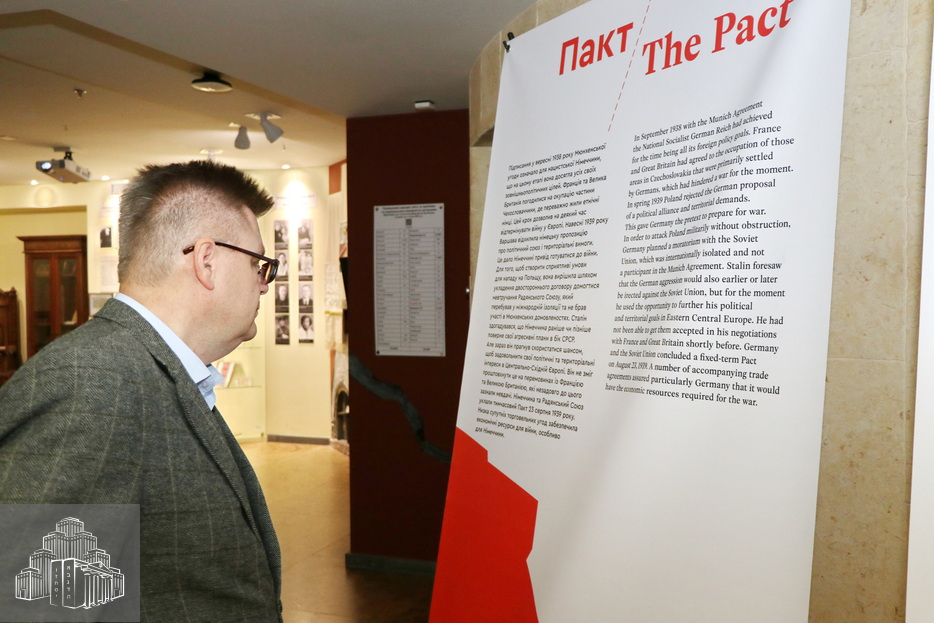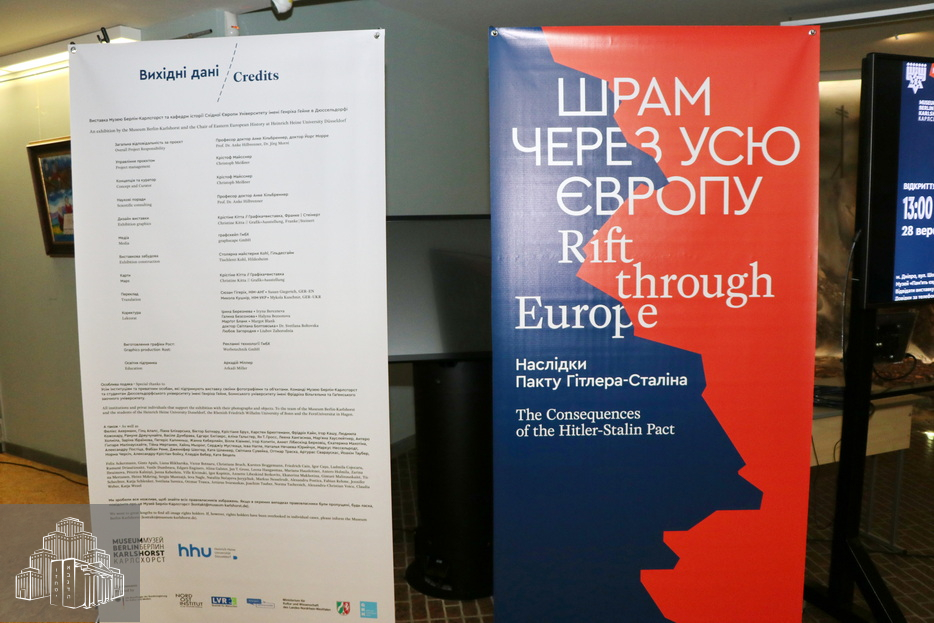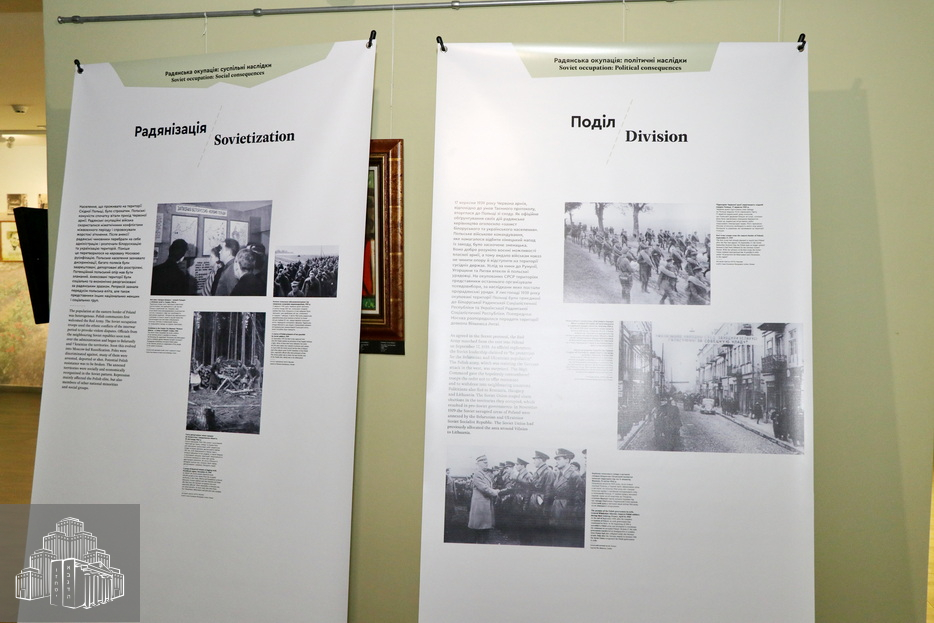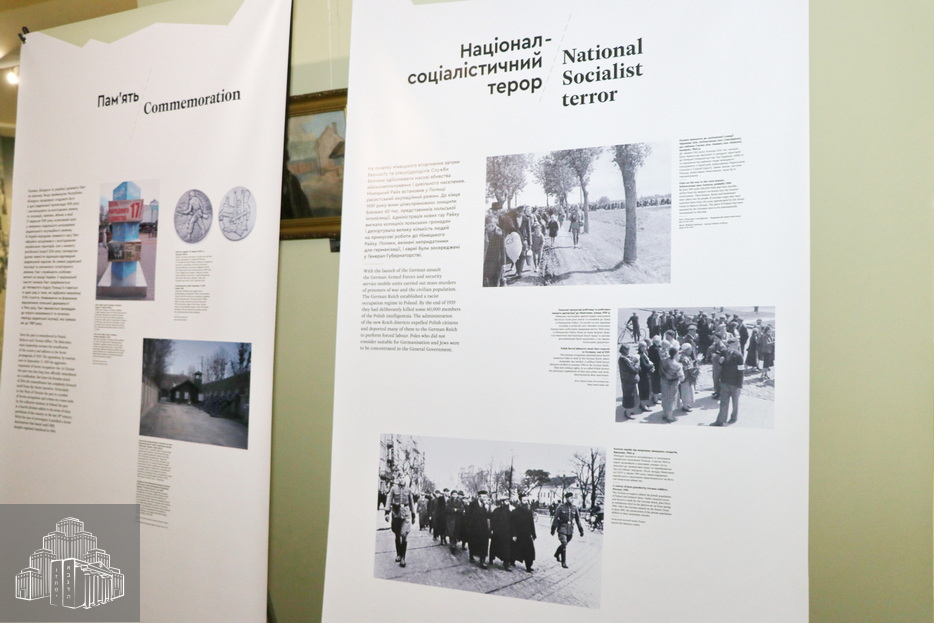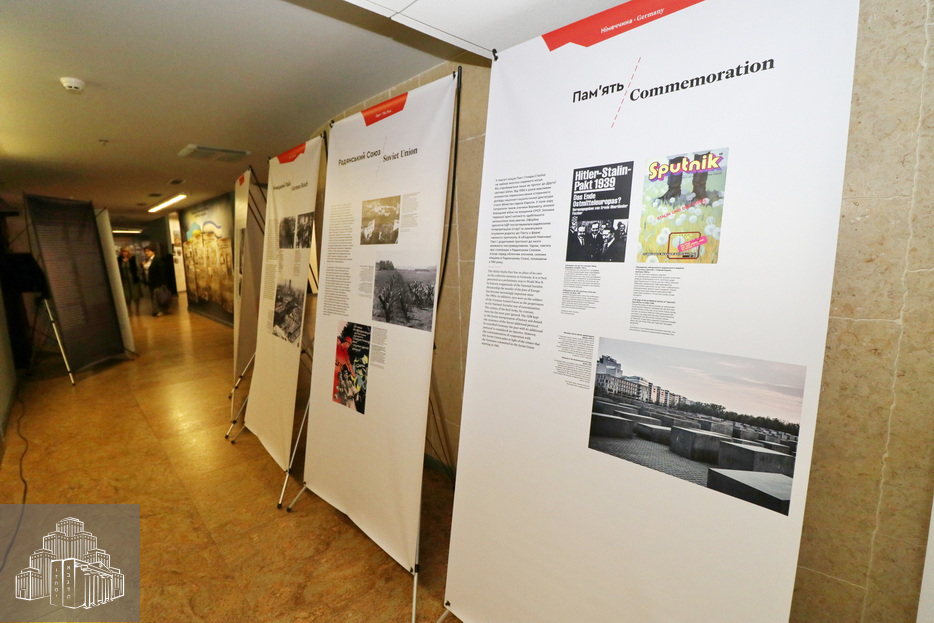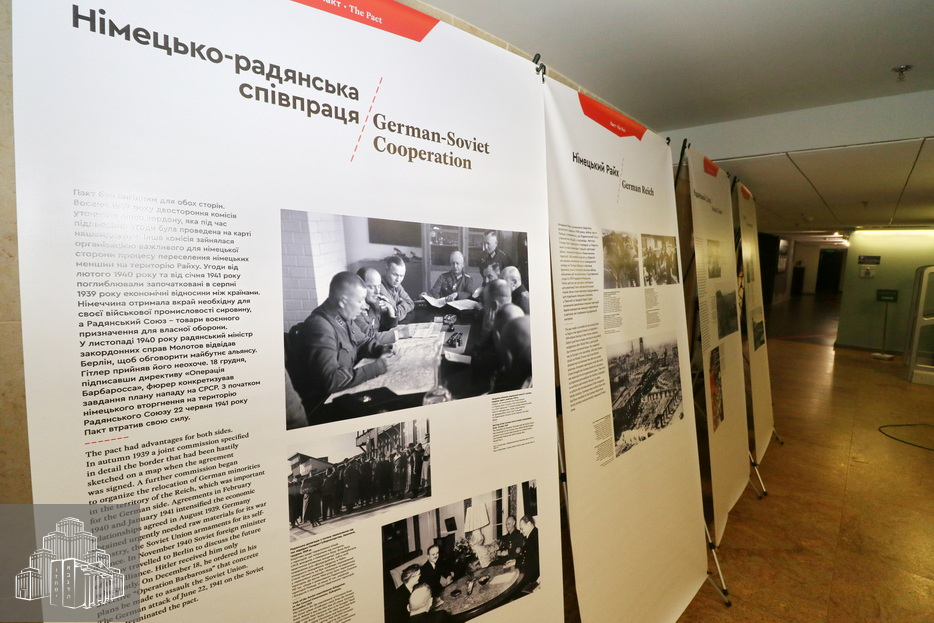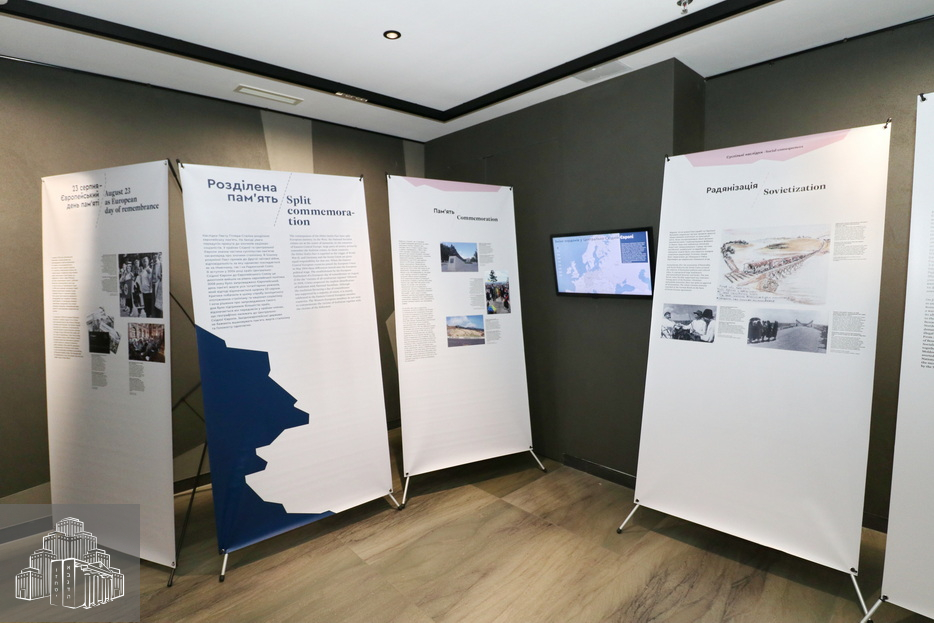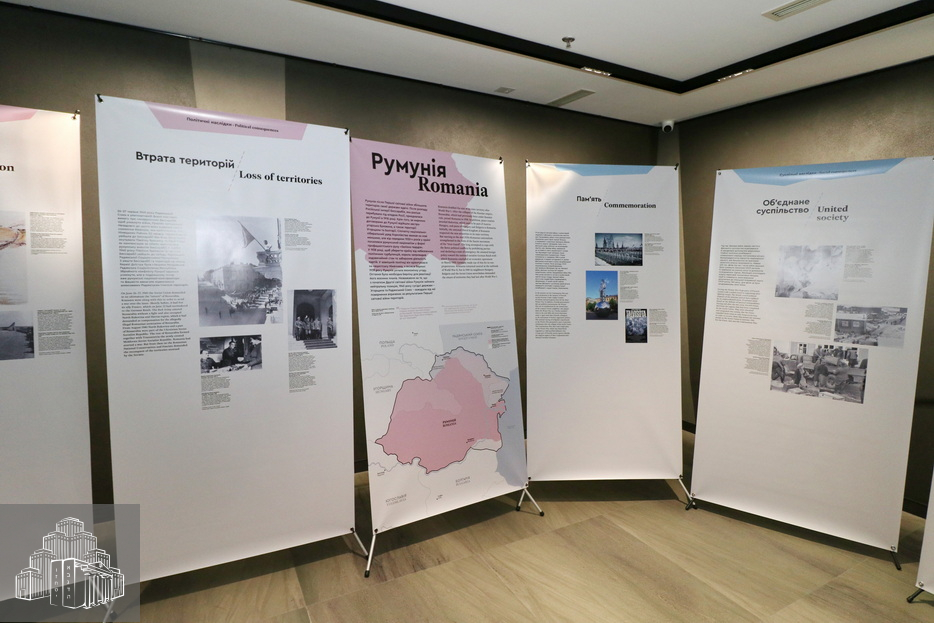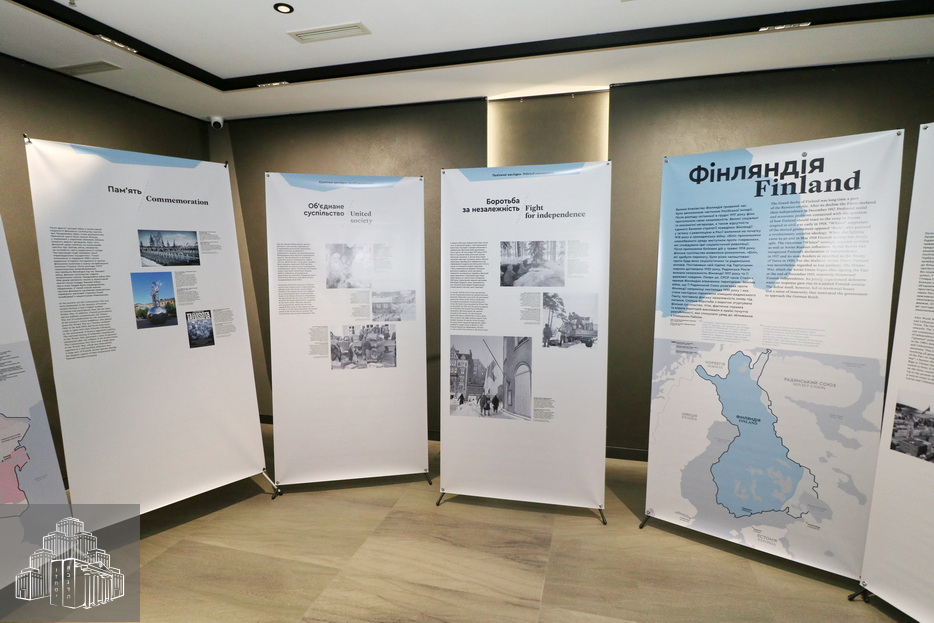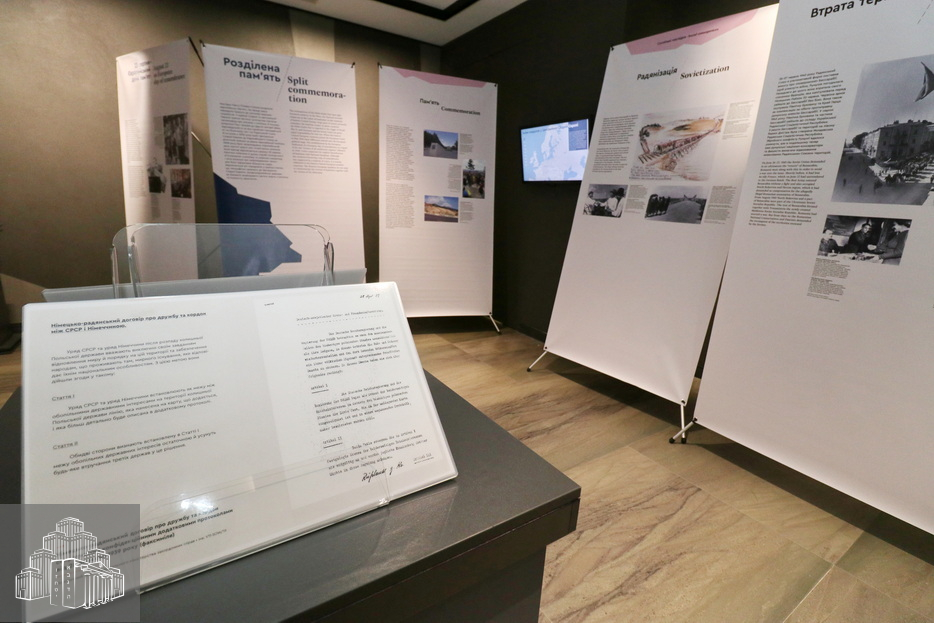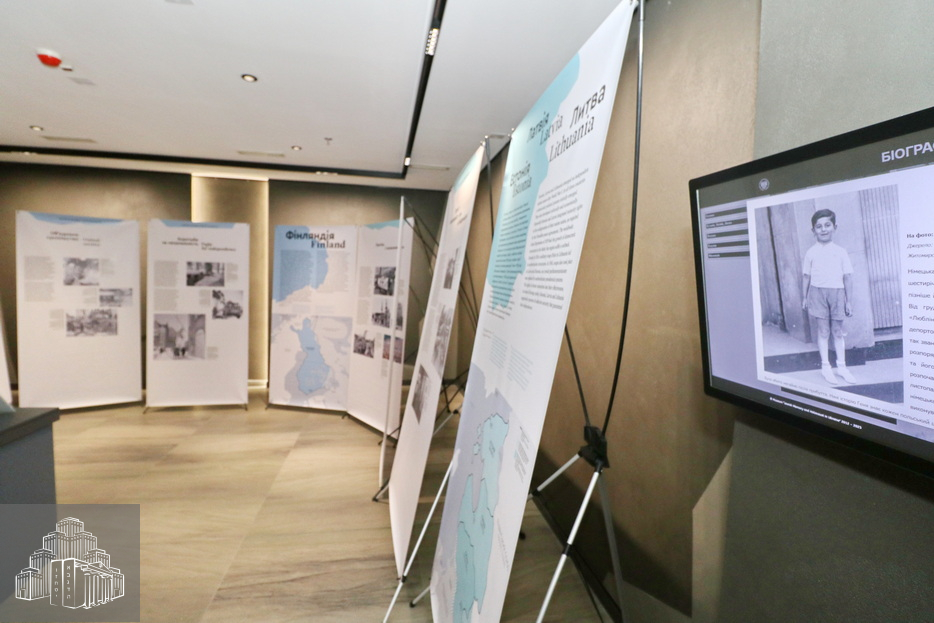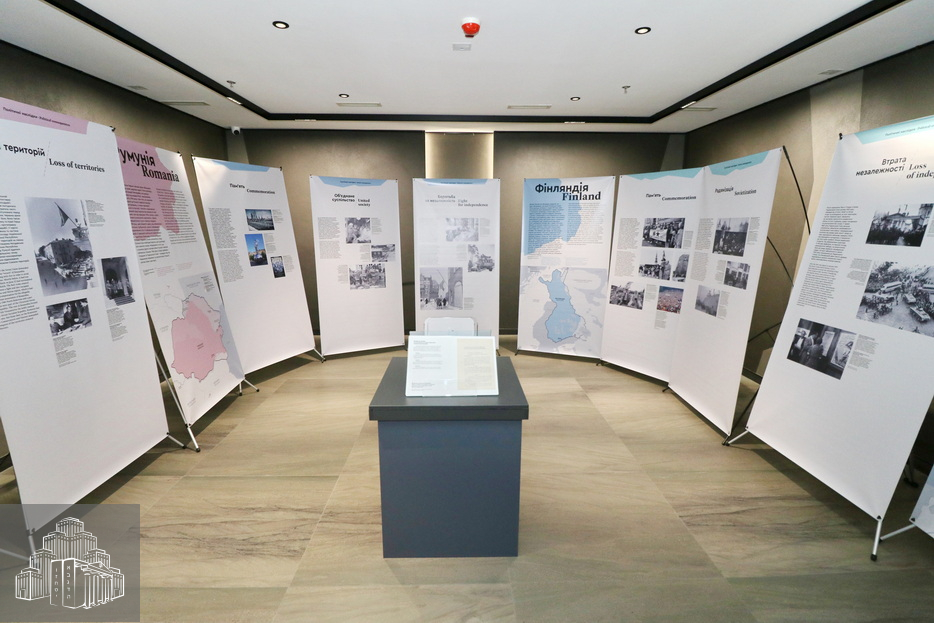The Museum “Memory of the Jewish People and the Holocaust in Ukraine” has opened the international exhibition “A Scar Across Europe: The Consequences of the Hitler-Stalin Pact.” The exhibition presents materials, documents, and photographs related to one of the key events of the 20th century—the start of World War II, unleashed by the Soviet Union and the Third Reich.
The exhibition was prepared by the Museum Berlin-Karlshorst and the Department of Eastern European History at Heinrich Heine University, with support from the Federal Commissioner for Culture and the Media of Germany, the Rhineland Regional Council, the University of Düsseldorf, and the Institute for the Culture and History of the Germans in North-Eastern Europe. The version on display in Dnipro is an adapted one, created by the organizers in collaboration with specialists from the Museum “Memory of the Jewish People and the Holocaust in Ukraine.”
Speaking at the opening, the Director of the Dnipro Jewish Museum, Dr. Iryna Radchenko, discussed the idea and concept of the project, which is dedicated to one of the darkest periods of European history—August 1939. She noted that the Non-Aggression Pact between the Nazi and Soviet totalitarian regimes, known as the Molotov-Ribbentrop Pact, and its secret supplementary protocol, effectively led to the partition of Central and Eastern Europe between Nazi Germany and the USSR. The consequences of this pact affected the fates of millions of people from Estonia, Latvia, Lithuania, Moldova, Poland, Romania, Ukraine, and Finland.
“On August 23, Europe honors the memory of the millions of people who became victims of the two totalitarian regimes of the 20th century—Nazism and communism,” noted Dr. Iryna Radchenko. “Museum work and such exhibitions are of immense importance, especially in our difficult times, because criminal regimes that wage wars of aggression must understand that they cannot hide the truth, that people will know about their crimes, and they will receive a proper assessment.”
Christoph Meissner, a research associate at the Museum Berlin-Karlshorst and curator of the exhibition “A Scar Across Europe: The Consequences of the Hitler-Stalin Pact,” greeted the visitors. In his video address, he stated: “We look at the pact here not just as a document signed by high-ranking officials of the Soviet Union and Germany, but also as a factor that influenced the fates of people and countries. What were the consequences not only for Germany and the Soviet Union, but for all the countries that found themselves between them.”
The exhibition will be on display at the Museum until November 3, 2025. It can be visited on Wednesdays and Sundays from 10:00 AM to 7:00 PM (Museum entrance is until 6:00 PM).
More about the significance of August 23 and its contemporary understanding can be read in an article by Dr. Yehor Vradii, Deputy Director of the Museum “Memory of the Jewish People and the Holocaust in Ukraine.”
